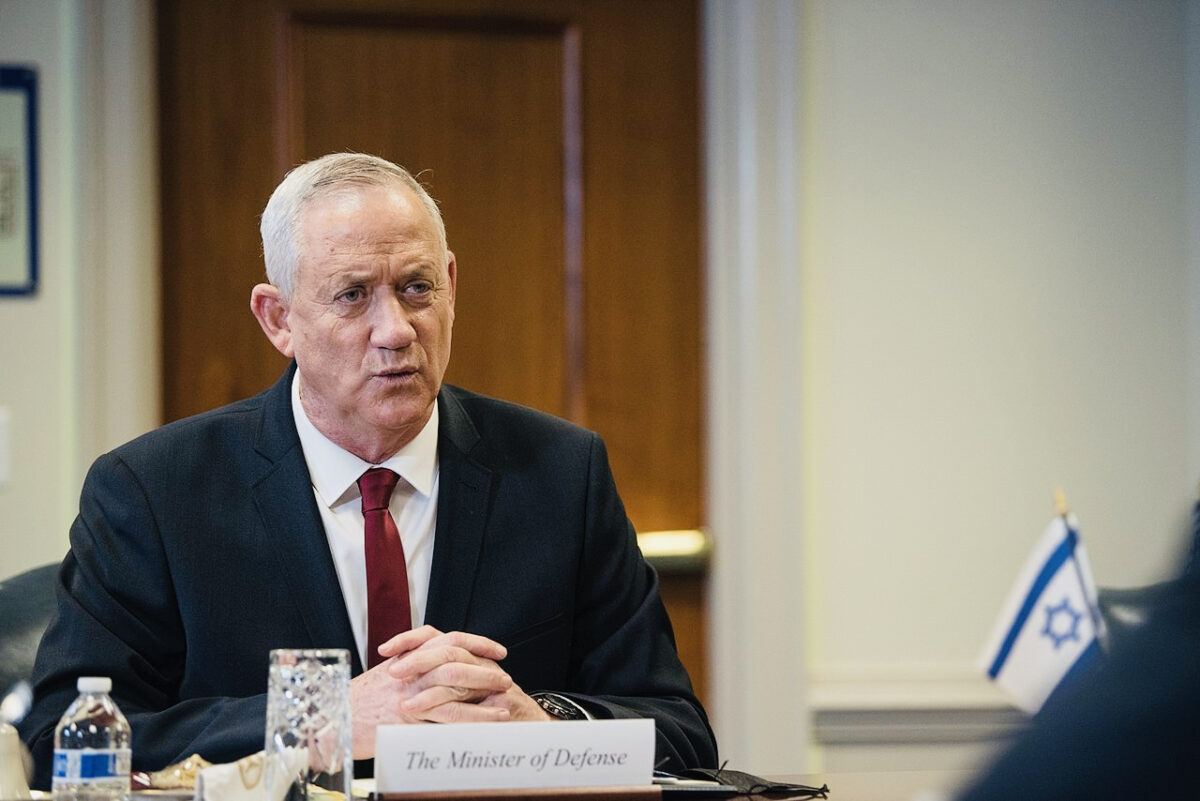Less than a month has elapsed since Egypt brokered a ceasefire between Israel and Hamas, ending their fourth cross-border war in 13 years. But in recent days, fighting has resumed on a far smaller scale, prompting speculation that even a short-term truce may be elusive.
With Egyptian mediators having convinced both sides to lay down their arms, a ceasefire went into effect on May 21. A little more than a week later, Egypt’s director of intelligence, Abbas Kamal, visited Jerusalem, Gaza City and Ramallah to meet the respective leaders of Israel, Gaza and the Palestinian Authority: Benjamin Netanyahu, Yahya Sinwar and Mahmoud Abbas.
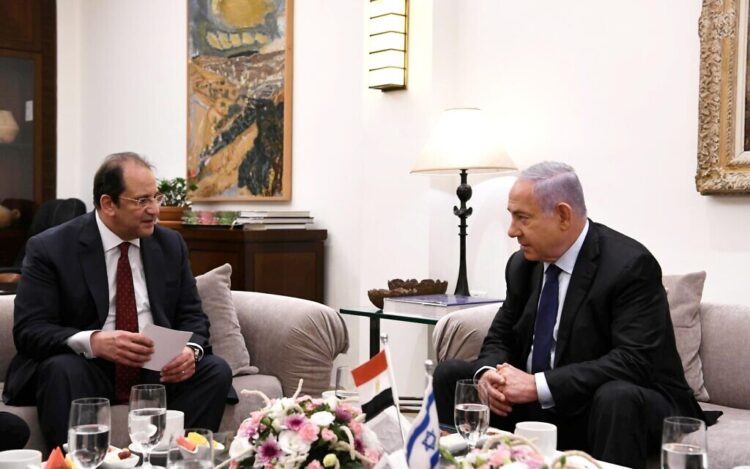
The purpose of Abbas’ trip was to arrange indirect talks between the combatants that could lead to a long-term truce and the reconstruction of Gaza, which was bombarded heavily by Israel during the most recent war.
Shortly after Kamal’s trip, Egypt dispatched an aid convoy to Gaza and an armada of bulldozers, cranes and trucks to clear the debris and prepare the ground for reconstructing the coastal enclave, which is populated by two million Palestinians. In addition, Egyptian President Abdel Fattah el-Sisi pledged $500 million to rebuild Gaza.
These tangible gestures will help Egypt bolster its status as a regional power.
Qatar, a key supporter of Hamas which has invested $1.4 billion in a variety of projects in Gaza since 2012, is continuing to send $30 million into Gaza every month to help impoverished families.
With the resumption of fighting on June 15, it’s debatable whether Egypt’s efforts to calm the situation will pay off.
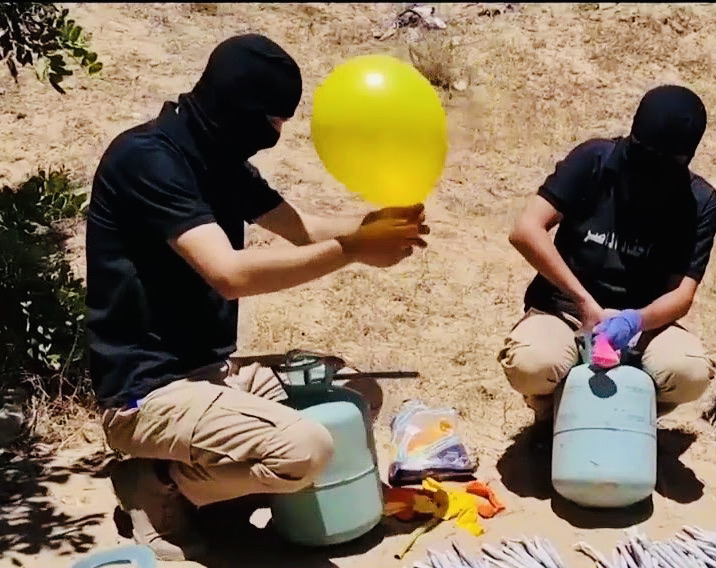
In the past few days, Hamas — the governing authority in Gaza since 2006 — has allowed incendiary balloons to be launched into the Eshkol region of Israel. These devices have caused more than two dozen fires, burning lemon and tangerine orchards and wheat fields and scorching over 30 acres of land in the vicinity of Kibbutz Nir Am.
In all probability, Hamas renewed its attacks against Israel in protest over several of its policies.
Since the end of the war, the Israeli government has taken several steps to tighten its air, land and sea siege of Gaza, though food, medicine and fuel have been allowed through the Kerem Shalom crossing.
Israel has stopped monthly payments of funds from Qatar earmarked for Gaza until Hamas releases two Israeli civilians who accidentally strayed into Gaza a few years ago and returns the remains of two soldiers who were captured during the 2014 war.
Israel has also closed commercial border crossings into Gaza and rejected or ignored nearly all requests by Palestinians to seek medical care in Israel and the West Bank. Israel, too, has banned the export of Gazan agricultural produce to the West Bank and neighboring Arab countries. And Israel has restricted fishing off the coast of Gaza.
Hamas was additionally upset by a march staged by several thousand ultra-nationalist Jews through eastern Jerusalem on June 16 to celebrate Israel’s conquest of that mainly Arab neighborhood during the Six Day War.
Hamas believes the arson attacks are legitimate and represent the will of Palestinians. And incredibly enough, Hamas insists they should not be considered a violation of the truce.
Rejecting such claims, Israel has responded militarily, with the Israeli air force having struck targets in Gaza City and Khan Younis linked to Hamas’ armed wing, the Al Qassam Brigades.
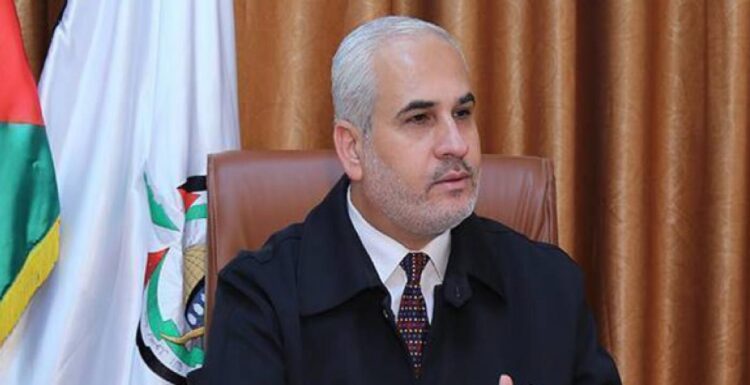
Dismissing the air raids as theatrics, Hamas spokesman Fawzi Barhum said, “The occupation bombing of resistance sites is simply meant for show, an attempt by the new government to raise the morale of its soldiers and commanders” after the last round of hostilities. He warned of renewed fighting if Israel “continues to commit idiocies and target our people.”
The renewal of warfare along the Gaza border is a test for new Israeli Prime Minister Naftali Bennett. He and his colleagues in the cabinet must decide whether to escalate Israel’s military response to deter Hamas and its sister organization, Islamic Jihad. And they must weigh the pros and cons of extending Israel’s cooperation to rebuild Gaza.
Shortly after the last war ended, Defence Minister Benny Gantz vowed that Israel would respond more harshly to violations of the ceasefire. “We will brutally retaliate, but we will do it in our own time and will not accept the previous reality to show itself again,” he said on May 31. “What was is not what will be.”
According to Gantz, the reconstruction of Gaza will depend on Hamas’ observance of the ceasefire and its willingness to release the Israeli civilians and the bodies of the Israeli soldiers.
In addition, Gantz said that Israel intends to strengthen its often stormy relationship with the Palestinian Authority in the hope that it will assume “some responsibility” for developments in Gaza.
Judging by comments from the former head of the Mossad, Yossi Cohen, the Israeli government may well reassess its policy of permitting Qatari funds into Gaza to maintain quiet along the border.

Until last month’s war, Israel proceeded from the assumption that Qatar’s financial assistance to Gaza “would lead us to a settlement with Hamas, he said. “But things got a little out of control.”
More than a year ago, Cohen visited Qatar to ensure that its aid to Hamas would continue unabated. Israel’s former defence minister, Avigdor Liberman, criticized this “policy of submission to terror,” claiming that Israel was, in effect, paying Hamas “protection money” to preserve peace.
Israel will have to sort out this problem, but in the meantime, Hamas remains unbowed and defiant.
Sinwar has threatened to resume rockets attacks if Israel “violates” the Al-Aqsa mosque on the Temple Mount in eastern Jerusalem. Hamas ignited the war on May 10 after Israeli police raided the mosque during Palestinian demonstrations and Jewish nationalists set out on a march through the Old City to mark Israel’s capture of East Jerusalem.
Hamas fired seven rockets toward Jerusalem, sparking massive Israeli reprisals. During the course of the war, Hamas launched more than 4,300 rockets at Israeli cities, with the Iron Dome missile defence system having intercepted 90 percent of them. The Israeli Air Force carried out 1,500 retaliatory strikes in Gaza.
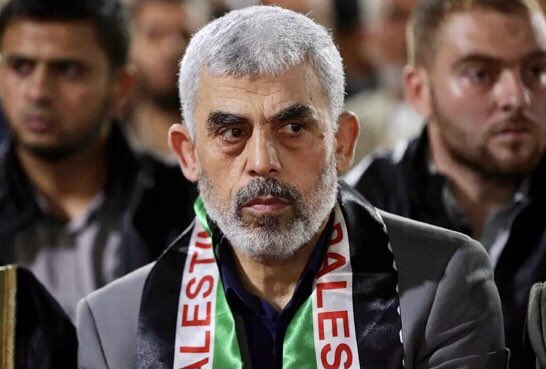
Rejecting Israel’s claim that it had obliterated a significant segment of Hamas’ tunnel system, Sinwar said that “not even three percent was destroyed,” and falsely boasted that Hamas rocket barrages had turned Tel Aviv “into a rag.”
In his most comprehensive appraisal of the war, dubbed Operation Guardian of the Walls, General Aviv Kohavi, the chief of staff of the Israeli armed forces, implicitly played down reports that Israel had inflicted a stunning defeat on Hamas.
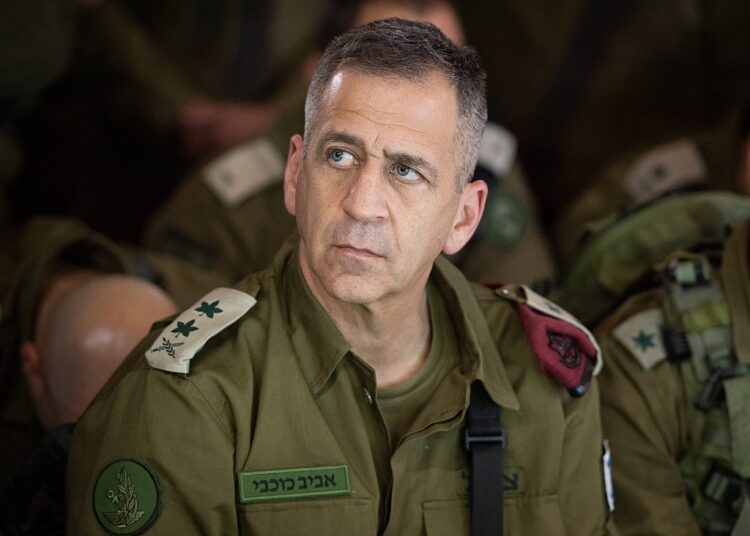
“The Six Day War was a clear, decisive victory (for Israel), but a short time later the War of Attrition broke out,” he cautioned in a reference to the armed conflict that pitted Israel against Egypt along the Suez Canal from 1967 to 1970.
“Guardian of the Walls wasn’t meant to provide a decisive victory in Gaza, but to use military force to deny Hamas and Islamic Jihad many of their capabilities and to create deterrence, which I’ll leave to the passage of time to determine how much we succeeded,” he added in a note of caution.
Nevertheless, Israel dealt both groups devastating blows, Kohavi asserted. “We denied them massive capabilities in the areas of rocket and missile production and other weapons. We almost totally destroyed (their) air and naval capabilities. We killed their members, including senior operatives. We struck three times as many targets than in previous operations. And no less importantly, we thwarted most of the attacks they tried to carry out.”
Yet, as he noted, Israel’s tactical gains in the last war do not necessarily mean that Hamas will refrain from starting another round of warfare in the future.
But as the most recent incendiary balloon attacks from Gaza indicate, the “future” is now.
